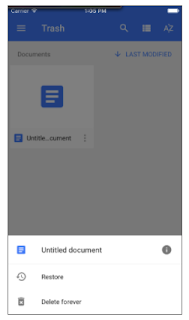Episode 11 of The Mobile Ads Garage is live on YouTube! If you haven't seen it before, The Mobile Ads Garage is a video tutorial series that covers how to use the Mobile Ads SDK to display ads from AdMob and Doubleclick for Publishers. Each episode covers one aspect of the SDK, breaks down the feature, and shows screencasts of real implementations on both Android and iOS – all in a friendly format.
In a break with tradition, this video is a deep technical dive on one subject: Native Ads Express in an Android RecyclerView. You'll learn how to modify an existing RecyclerView implementation to include Native Express ads, all the way from updating the adapter to loading the ads. In addition, you'll get a clever trick that makes sure your ads are always sized to match the UI, so they fit right in with your content.
If you haven't used Native Ads Express before, you can see them in action in Episode 7. Andrew and Gary cover all the basics: loading ads, placing them in layouts and storyboards, and using CSS to style the ads to match your app.
If you like the video, save the Mobile Ads Garage playlist to your YouTube Playlist collection and you'll never miss an episode.
We’d love to hear which AdMob features you’d like to learn more about. The comment sections for the videos are open, and you're welcome to toss out ideas for new episodes and examples you'd like to see. If you have a technical question relating to something discussed in one of the episodes, you can bring it to our support forum.
Remember to stay connected on all things AdMob by following our Twitter, LinkedIn and Google+ pages.



